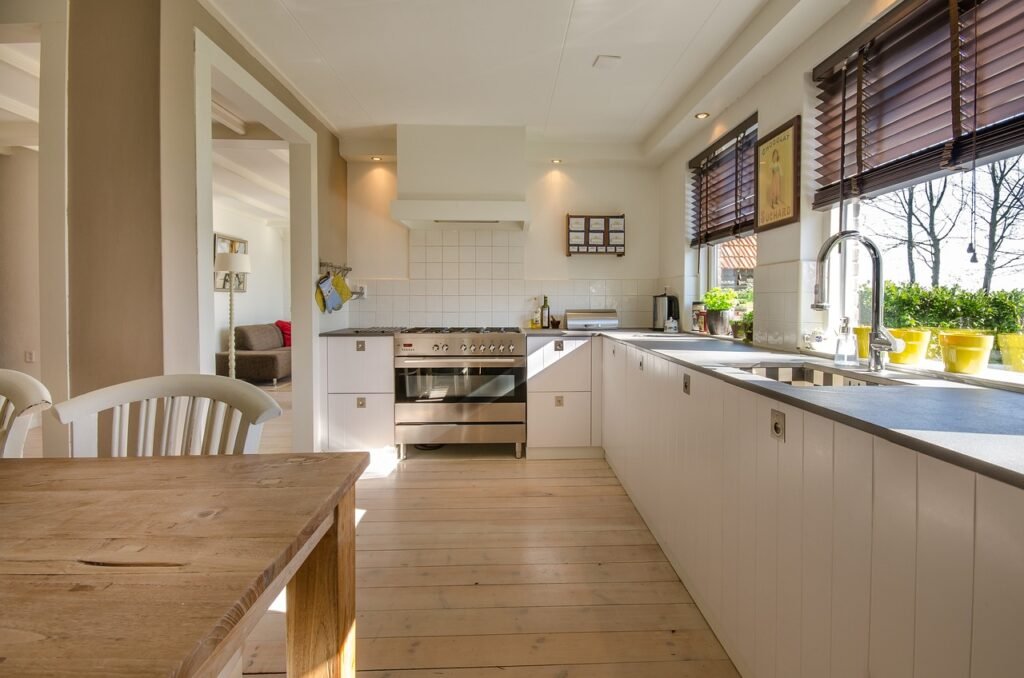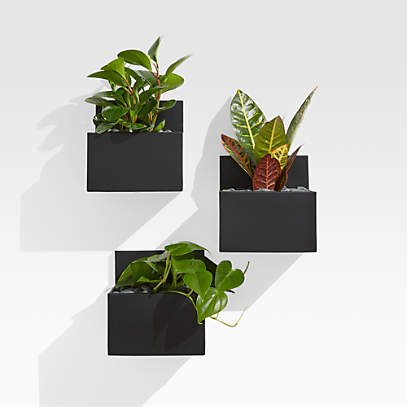As an Amazon Associate we earn from qualifying purchases.
As we age, our homes need to evolve with us to ensure they remain safe, comfortable, and accessible. One of the most critical areas for modification is the kitchen—a space where we spend a significant amount of time but also a place where slips and falls can frequently occur. The right flooring can dramatically reduce these risks, making slip-resistant kitchen flooring an essential consideration for anyone planning to age in place. This guide will explore the best options available in 2024, offering insights to help you choose the perfect slip-resistant kitchen flooring.
Understanding Slip Resistance
Before diving into the flooring options, it’s crucial to understand what makes a floor slip-resistant. The coefficient of friction (COF) is a key indicator used to measure the slip resistance of a surface. A higher COF means the flooring has better traction, reducing the likelihood of slips and falls. For aging in place, it’s recommended to select flooring with a COF rating of 0.6 or higher.
Top Slip-Resistant Kitchen Flooring Options (Ranked)
1. Textured Vinyl Flooring

Textured vinyl flooring combines the practicality of traditional vinyl with advanced safety features, offering a slip-resistant surface ideal for kitchen environments. Its versatility in design allows homeowners to enjoy the aesthetics of more luxurious materials without the high cost and intensive maintenance. This flooring type is particularly appealing for its durability and ease of cleaning, making it a top choice for busy, spill-prone areas.
Pros: Vinyl flooring is renowned for its durability, water resistance, and ease of maintenance. Modern textured vinyl offers enhanced slip resistance without sacrificing comfort underfoot. It’s also available in various designs, mimicking the look of wood or stone.
Cons: While vinyl is durable, sharp objects or heavy appliances can cause gouges or dents.
2. Ceramic or Porcelain Tile with a Textured Finish

Ceramic and porcelain tiles with a textured finish provide an elegant and timeless flooring option for kitchens, adding both style and slip resistance. These tiles are known for their durability and ability to withstand heavy foot traffic, making them suitable for both residential and commercial kitchens. The wide range of colors and patterns available allows for custom designs that can complement any kitchen decor.
Pros: These tiles are known for their longevity and resistance to moisture. Choosing tiles with a textured, matte finish increases their slip resistance. Glazed tiles with a high COF rating are also available, offering both safety and aesthetic appeal.
Cons: Tiles can be hard and cold underfoot, which might be uncomfortable for some.
3. Natural Stone with a Flamed or Honed Finish

Natural stone flooring, particularly with a flamed or honed finish, offers a unique beauty and durability that can elevate the appearance of any kitchen. The process of flaming or honing the stone enhances its slip resistance, making it a safer option for areas prone to moisture. Each piece of natural stone boasts a unique pattern, lending an unmatched elegance and richness to kitchen spaces.
Pros: Natural stone provides a unique, elegant look for your kitchen. Finishes like flamed (thermal) or honed (sanded) offer slip resistance while maintaining the beauty of the stone.
Cons: Natural stone requires regular sealing to prevent stains and water damage.
4. Rubber Flooring

Rubber flooring is a standout choice for those prioritizing comfort and safety in the kitchen, offering unparalleled slip resistance and ease on the joints. Its water-resistant nature and ease of maintenance make it ideal for high-spill areas, while the variety of colors and textures available can fit a range of design preferences. Additionally, rubber’s sound-dampening qualities can contribute to a quieter, more serene kitchen environment.
Pros: Rubber flooring is an excellent choice for maximum slip resistance and cushioning, reducing fatigue and injury risk from falls. It’s also easy to clean and maintain.
Cons: Aesthetically, rubber flooring has a more utilitarian look, which might not suit all kitchen designs.
5. Cork Flooring
Cork flooring is celebrated for its eco-friendly nature, comfort, and natural warmth, making it a perfect kitchen flooring option for those looking for sustainable comfort. Its inherent slip resistance and cushioning properties reduce the risk of falls and fatigue, making it ideal for kitchens where safety and comfort are priorities. The unique texture and variety of finishes available in cork flooring also add a distinctive look to any kitchen space.
Pros: Cork provides natural slip resistance, warmth, and comfort underfoot. It’s also eco-friendly and can help reduce noise in the kitchen.
Cons: Cork requires sealing to protect against moisture and can be susceptible to scratching and denting.
Considerations for Choosing the Right Flooring
- Lifestyle and Mobility: Consider the mobility of the household members. For those using assistive devices, smooth yet slip-resistant options like textured vinyl might be preferable.
- Maintenance and Durability: Evaluate the maintenance requirements and durability of each flooring type. You’ll want a floor that’s easy to clean and can withstand the test of time.
- Aesthetic Preferences: Your kitchen flooring should match your home’s overall style. Fortunately, many slip-resistant options come in various colors and patterns.
- Budget: Slip-resistant flooring options vary in price. It’s essential to find a balance between safety features and your budget.
Conclusion
Choosing the right slip-resistant flooring is a crucial step in creating a safe, aging-in-place-friendly kitchen in 2024. Whether you prefer the natural elegance of stone, the warmth of cork, or the practicality of vinyl, there’s an option to suit every need and taste. By prioritizing slip resistance, maintenance, and aesthetics, you can enjoy a kitchen that’s not only beautiful but also safe and functional for years to come.



